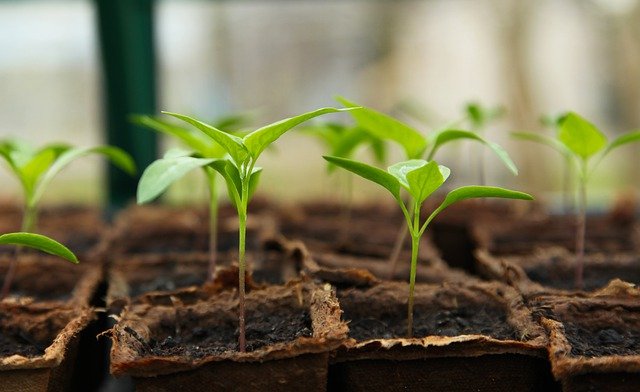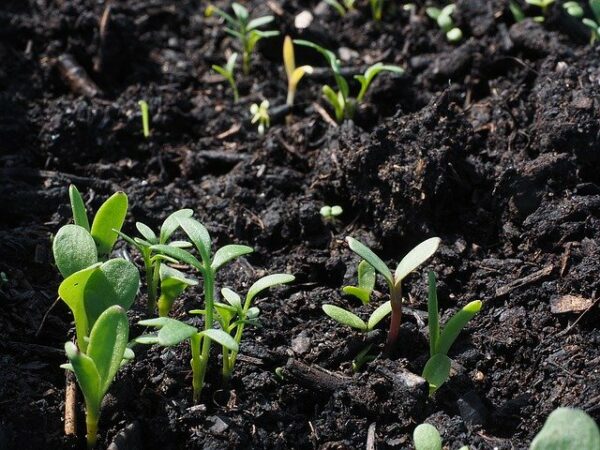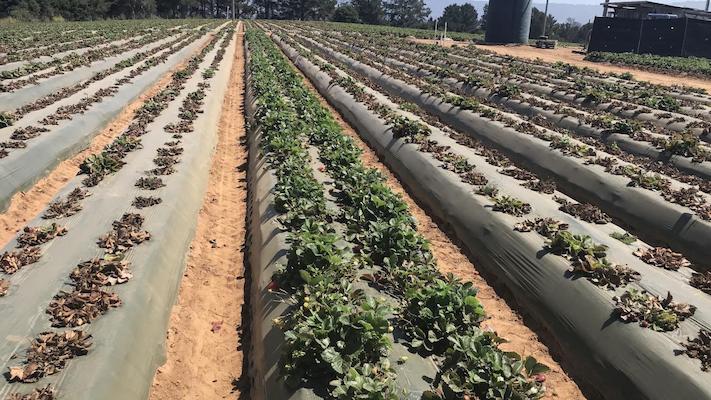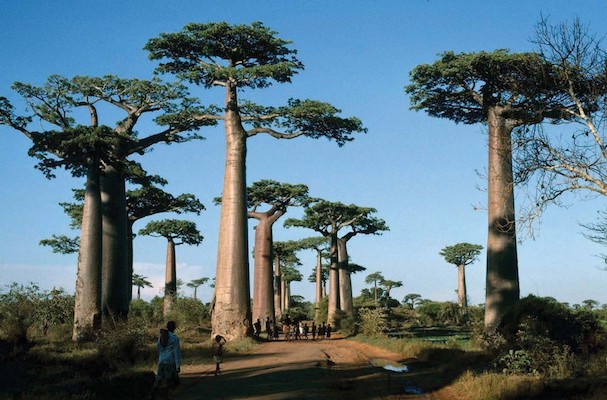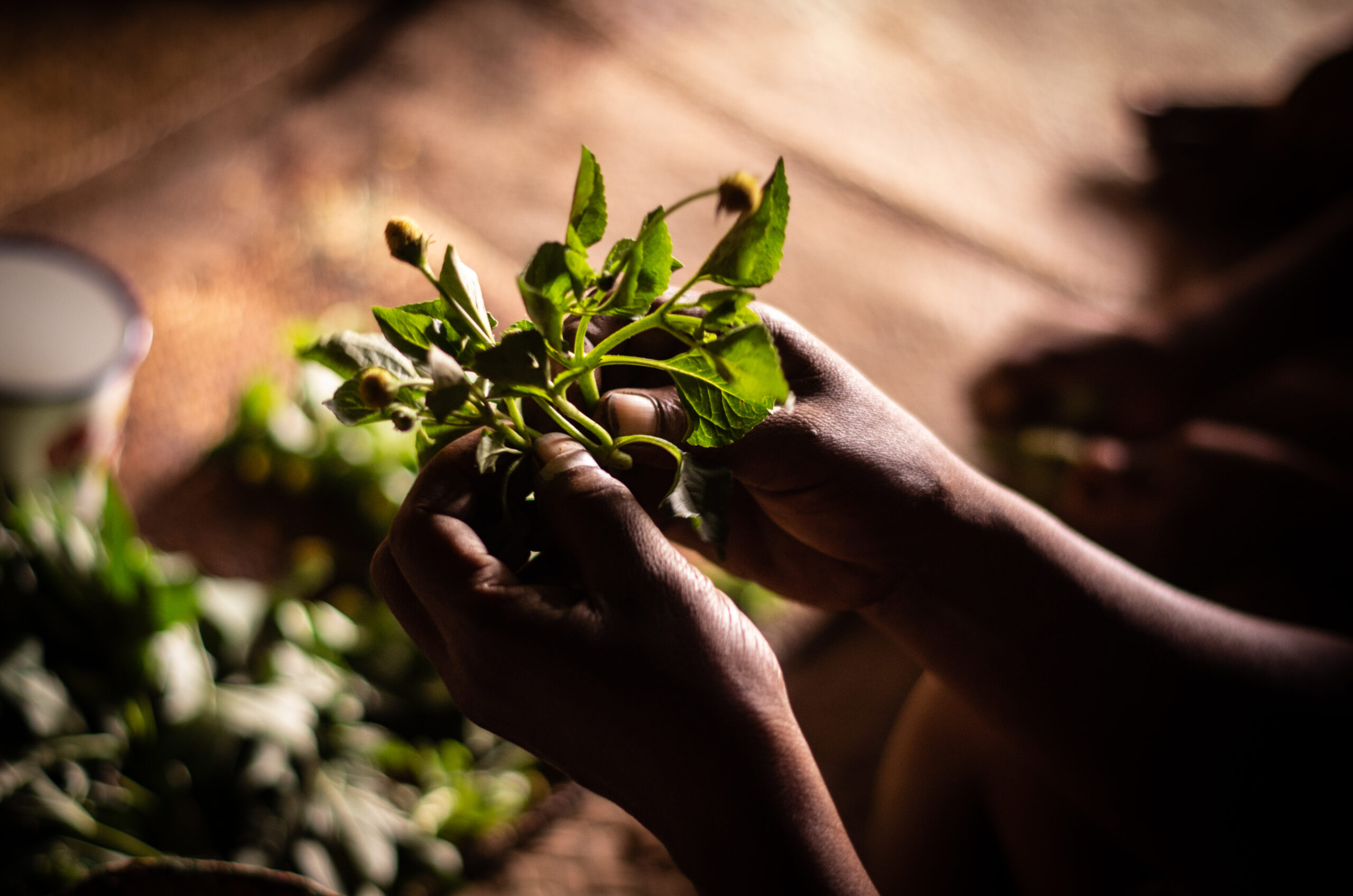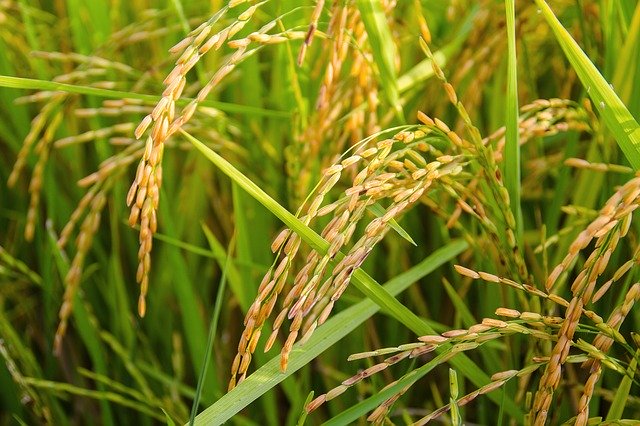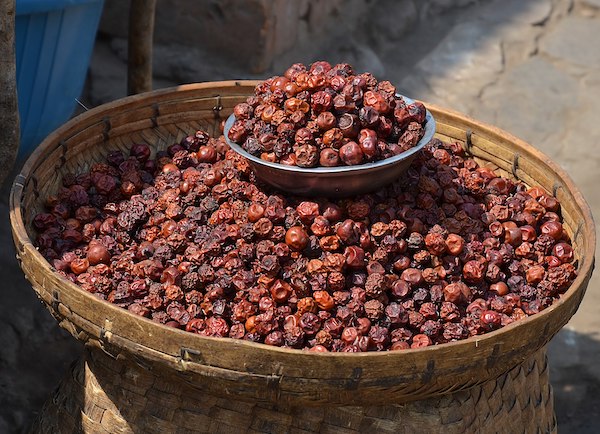
We need to rethink how we think about Indigenous crops, say plant biologists. These crops include groundnut, teff grass, and a wide range of cereals, grains, fruits, legumes, and root vegetables predominantly cultivated by small farms in Africa, Asia, and…
Read More


